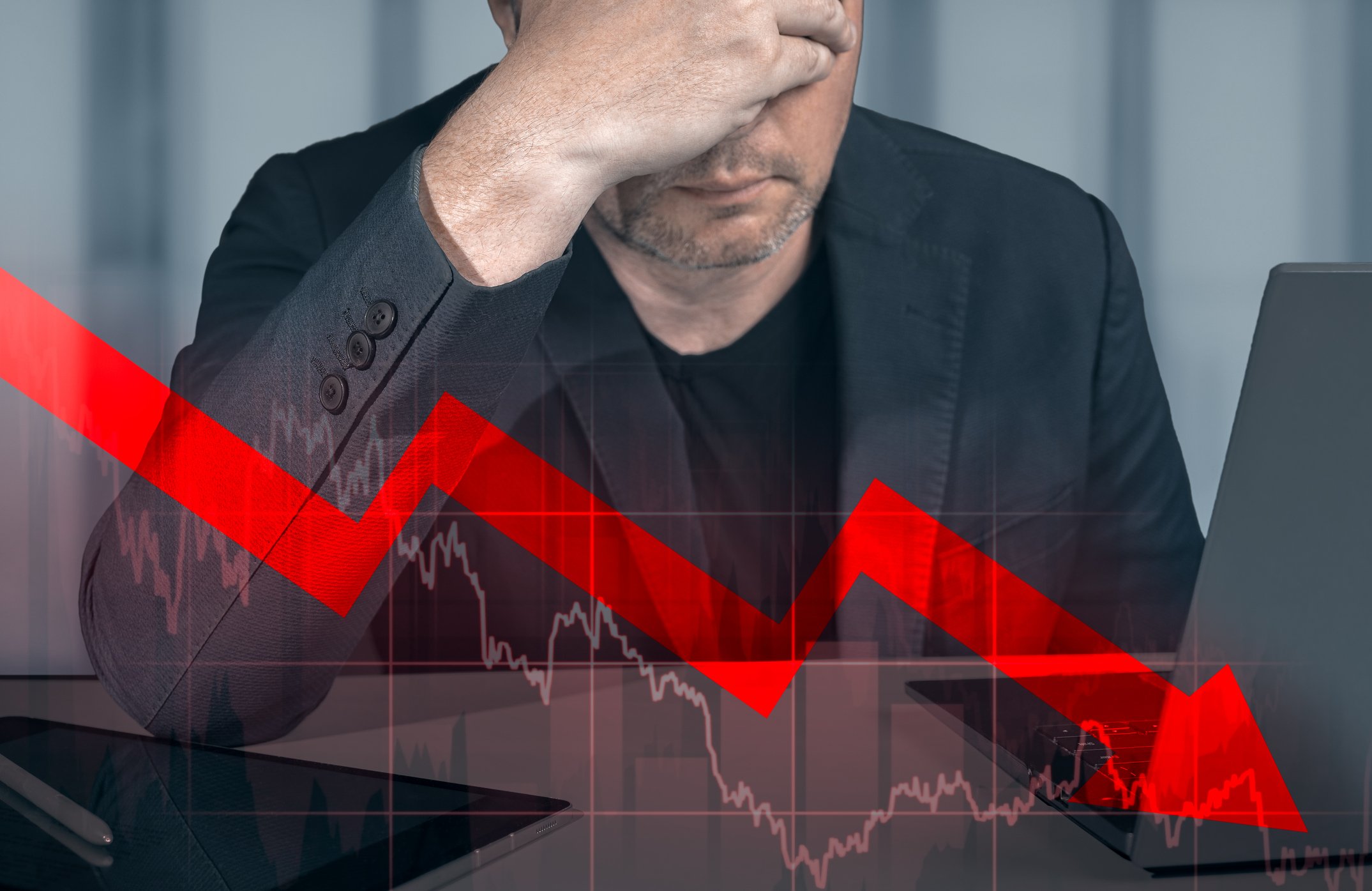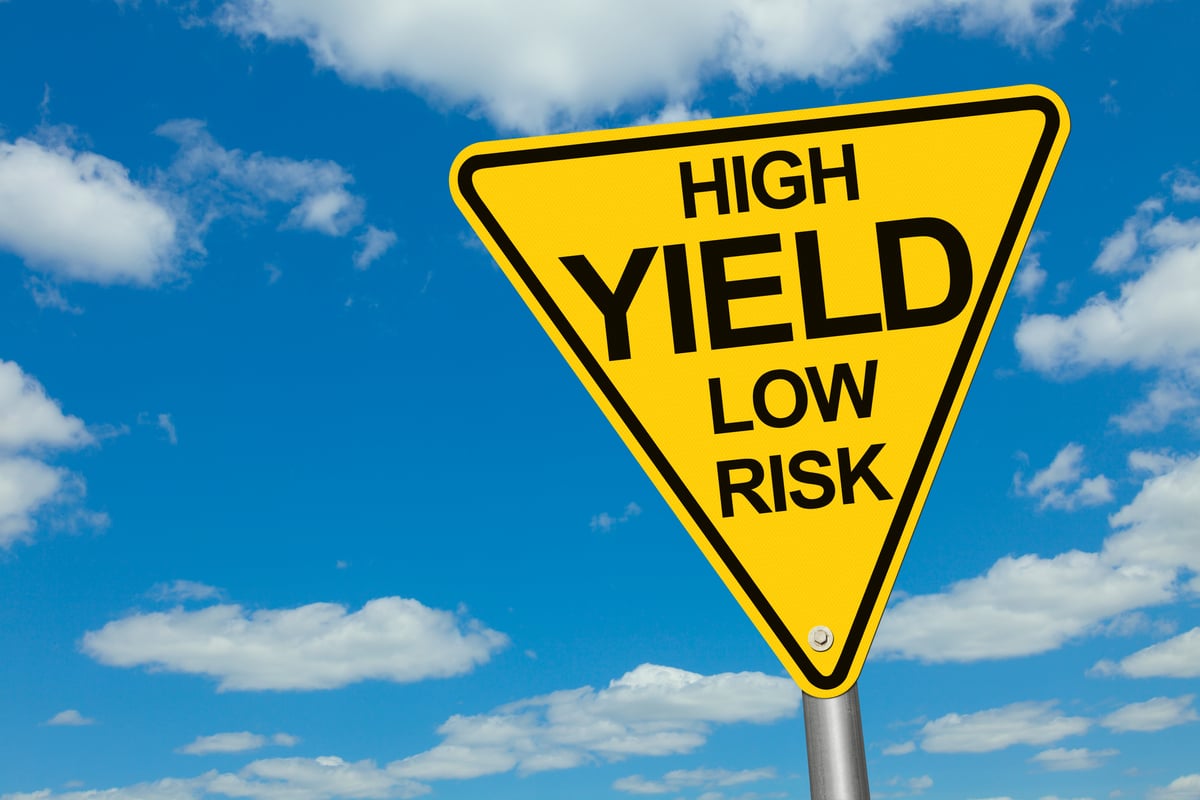We often take sleep, the number of hours we get to sleep, or the quality of sleep we get, for granted. However, that may not be such a wise idea, as insomnia, a disorder that affects how you fall asleep, stay asleep, or a combination of the two, is becoming a major concern.

Source: Centers for Disease Control and Prevention.
According to a study published in 2011 and coordinated by the World Health Organization, insomnia costs U.S. employers a whopping $63 billion annually. Based on research that studied some 7,400-plus employed people across the United States, 23% suffered from insomnia at least three times a week, which resulted in the equivalent of 7.8 days of lost productivity each year -- or about $2,300 for an average employee's salary.
The effects of insomnia can range from mild sleepiness at work and tension headaches to potentially serious side effects such as depression and gastrointestinal symptoms. There's little sense in denying that at some point we all suffer from a case of insomnia in our lives, but the scary aspect is that some people live with this disorder on a regular, or chronic, basis.
According to the Mayo Clinic, there are six risk factors that can put you at a higher risk of developing insomnia (in no particular order):
- Being a woman: First off, let's not put men in the clear here, because they can get insomnia as well. However, hormonal fluctuations caused by menstruation, pregnancy, and menopause give women a far greater chance of developing insomnia than men. In addition, as we talked about a few weeks back, women are also more likely to develop certain types of depressive disorders that can lead to insomnia.
- Being over age 60: As we get older our sleep patterns have a habit of changing, which can wreak havoc on our bodies. Some of us learn to adapt with less sleep than others, but as a general rule, we need more recuperative sleep as we get older, to rest our bodies. If we don't get that sleep, some of those aforementioned unwanted mild to severe symptoms could develop.
- Having a mental health disorder: Certain diseases predispose people to a greater risk of developing insomnia. Anxiety, bipolar, and depressive disorders are three such ailments that often result in a higher percentage of people with insomnia. The Cleveland Children's Clinic further expounds on these disorders to include autism, as well as medical disorders such as fibromyalgia, heartburn, and thyroid disease.
- Being stressed out: Back in May we looked at the three most common diseases caused by stress and learned that two of them, anxiety disorders and depression, are both high risk factors for causing insomnia. We've all probably dealt with some degree of insomnia related to our jobs; however, some people develop chronic insomnia based on life-altering events such as the loss of a loved one. According to the Mayo Clinic, unemployed people and those of low income are also at higher risk of developing insomnia.
- Working at night or changing shifts often: Nearly all of us prefer some stability in our sleep patterns. Admittedly, that can be difficult to get if you're working in a retail or overnight job, where your hours are subject to change on a daily or weekly basis. Without any real consistency, it can be difficult to get the proper amount of rest.
- Traveling a lot: No joke -- jet lag is a serious cause for concern. Traveling by plane across multiple time zones on a regular basis is a tiring experience, but it can also mess with people's internal clocks in a bad way, causing them to lose much-needed sleep.
Two ways to fix this
The medical community looks at insomnia from multiple perspectives, but the big key is whether this is a very temporary ailment for the individual, or if it's a chronic or recurring disorder.

Source: Luke O'Rourke, Flickr.
In cases where it's minor and/or temporary (e.g., a night or two), over-the-counter medications can often be effective. Sanofi (SNY +0.40%), for example, owns the rights to Unisom, one of the most commonly used sleep aids, which it acquired when it purchased Chattem for $1.9 billion in 2009. Unisom is nothing more than a sedating antihistamine, but it can have unpleasant side effects such as daytime drowsiness, dry mouth, and dizziness. Therefore, physicians strongly discourage long-term usage of OTC medications -- often anything beyond two weeks.
If, instead, we're focusing on the chronic form of the diseases, then it comes down to whether your problem relates to falling asleep, staying asleep, or both. Chances are that you could be prescribed one of the following:
- Lunesta: Developed by Sepracor, but purchased by Dainippon Sumitomo in 2009, Lunesta offers insomnia suffers help in both getting to sleep and staying asleep. In 2012, Lunesta brought in close to three-quarters of a billion dollars in sales, but it's set to face heavy generic competition beginning in 2014.
- Ambien: Also developed by Sanofi but approved in 1992, Ambien peaked at roughly $2 billion in annual sales per year before going to generic versions some six years ago. But have no fear -- a newer generic version released by Ambien, known as zolpidem, is helping pick up where branded Ambien left off. However, it hasn't been an easy road for zolpidem-based sleep medications, which have been cited for having caused numerous auto accidents and other impairments the following morning. Recently, the FDA required Sanofi and other zolpidem-based sleep aids to cut their dosing in half to reduce these next-day lingering effects.
- Sonata: Originally developed by King Pharmaceuticals, Sonata was brought under the Pfizer (PFE +0.60%) umbrella in 2010, when Pfizer acquired King. Like Ambien, Sonata for a time was a very popular sleep aid (in this case it was approved only to help people get to sleep, not necessarily to keep them asleep), but it ran into problems with its highly addictive properties. Today, Sonata is considered a controlled substance because of its addictive qualities, which can lead to abuse or dependence.
Counting sheep
But for each successful sleep aid to make it to insomnia sufferers, it seems there has been double that number of drugs that have failed to be successful.
The now-defunct Somaxon Pharmaceuticals, for example developed Silenor to treat patients who had no trouble getting to sleep but couldn't stay asleep. With fewer drugs indicated to treat this aspect of insomnia, expectations for the drug were quite high. If I recall correctly, I remember seeing estimates as high as $300 million-plus in sales of the drug for 2013. Through the first nine-months of 2012, Silenor sales totaled just a paltry $7.8 million. Now here's the real kicker: Somaxon signed on Procter & Gamble (PG 0.73%), a marketing behemoth, as its licensing partner to promote the drug. But rather than lock P&G into a deal whereby it shared some of the risk in exchange for a share of Silenor's potential, Somaxon practically took on all of the marketing risk and gave P&G an easy way to back out of its partnership -- which it did, not too long after.
More recently there was Merck's (MRK +0.40%) suvorexant, which received praise from the FDA's panel by a vote of 12-to-4 in favor of approval, yet also dealt with concerns about some 11% of patients who exhibited somnolence (a state of near-sleep) during the day. Lower doses of the drug reduced this occurrence to just 7%, but it wasn't enough to convince the FDA, which rejected the drug on dosing concerns. The overall consensus among the Street is that suvorexant's approval process could be delayed by one year or more.
The big bad wolf
What the sleep sector really needs is a new drug capable of knocking the socks off Wall Street and insomnia sufferers. I do believe Merck's suvorexant could be that drug. In late-stage clinical trials at both the higher (40mg) and lower dosage (20mg), suvorexant significantly helped patients gets to sleep faster (anywhere from 25.7 minutes to 33.7 minutes) and stay asleep longer when compared with the placebo.
Given the recent rash of somnolence brought to light by Ambien CR and other zolpidem product users, it's not a surprise to see the FDA taking the safer approach here and requiring Merck to come back with a lower-dose version of its drug. Peak sales estimates for the drug have fluttered around $700 million, but if it can perform similarly to its 20mg to 40mg dosing at, say, 10mg to 15mg, then I could easily see it hitting $1 billion mark in annual sales. Ultimately, even at half the lowest dose, this drug could help change the lives of chronic insomniacs, and it could be the smartest way for investors to sleep better at night.









